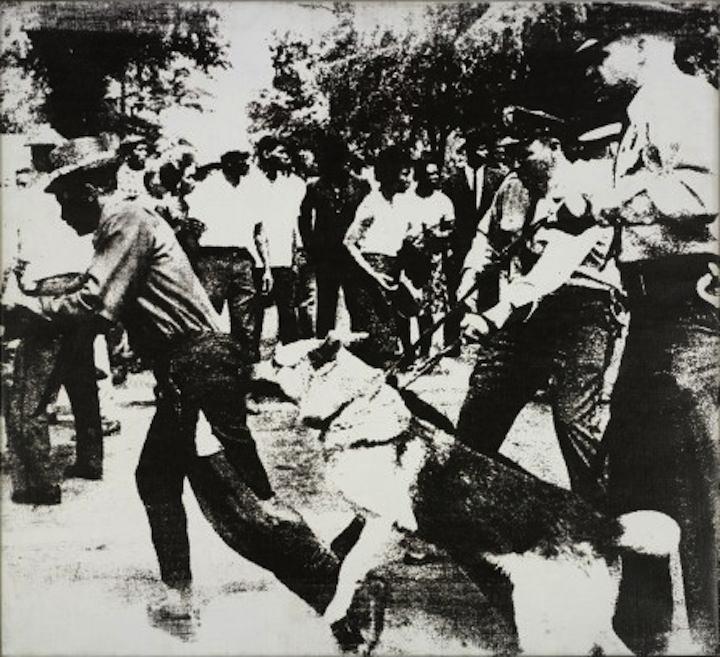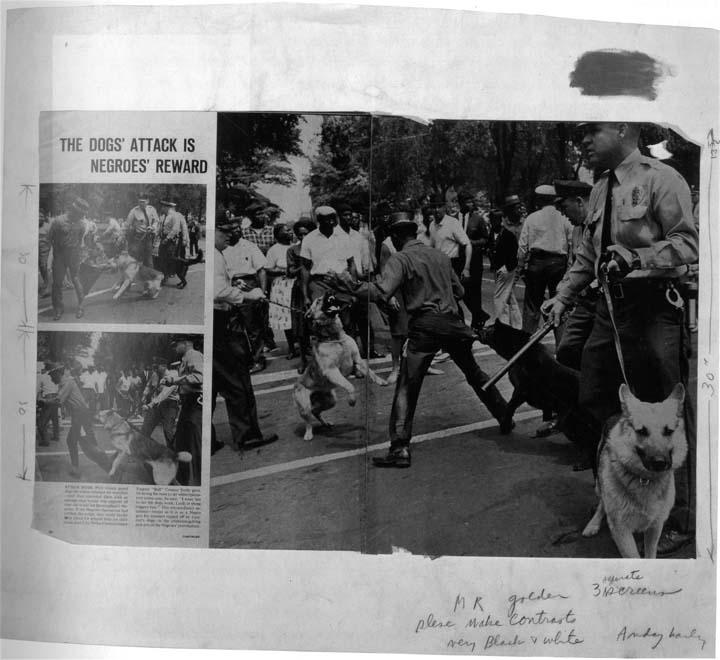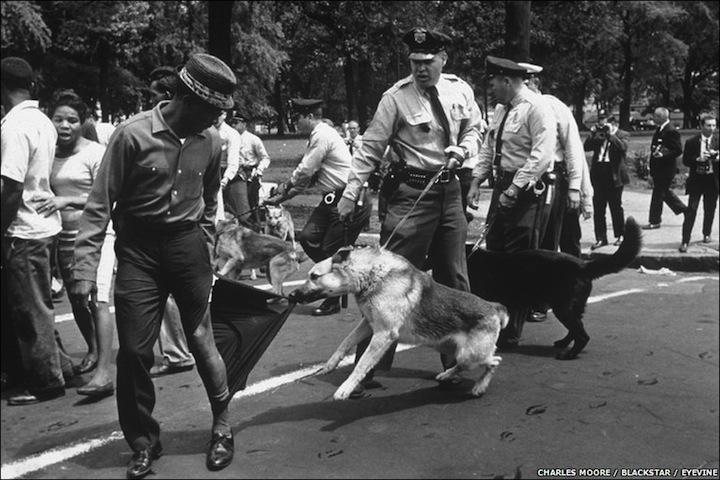DART: archiveFever
In this decade, the question, “What is a document?” has been folded into the larger question, “What is a photograph?” The title of this regular feature is derived from French deconstructionist philosopher Jacques Derrida’s seminal 1964 lecture entitled “The Concept of the Archive.” In this piece, published in English in 1998, Derrida explores Sigmund Freud’s efforts, in the 1890s, to identify the separation—and interaction—between body and mind.
Derrida notes that the impulse to preserve something to be remembered while leaving out something to be forgotten—with contradictory purposes—is found in individual and collective minds, historically and fictionally. This means that authenticity is as much at risk as origin. So history and fiction, it seems, may blur in the minds of those who suffer from what he labeled "archive fever."
With a nod to ICP, which presented the 2008 exhibition Archive Fever: Uses of the Document in Contemporary Art, curated by Okwui E
There could hardly be an image that better encapsulates Derrida's concept of "archive fever" than Andy Warhol's Race
Riot [below], especially when viewed together with his personal archive, alongside a true archival image from the 1963 Birmingham race riots [following]. Warhol lived in the
world’s archive, pulling images from the public record of the day—LIFE Magazine, newspapers, ads—then making them public in his new form of tabloid masterpiece.

Andy Warhol, Race Riot, 1964, Oil and silkscreen ink on
canvas. The Albert Pilavin Memorial Collection of 20th Century American Art, Rhode Island School of Design [RISD]. ©The Andy Warhol
Foundation for the Visual Arts, Inc./ARS.
Warhol's archive for Race Riot [below], a page from LIFE Magazine with pencilled notes indicating his selection of images, is included in the ICP exhibition catalogue (from which I scanned this image, thereby creating yet another "false archive"). However rarely acknowledged, and not in that instance either, are the original press images by Charles Moore, published in LIFE in 1963 [one of which follows].
The caption in LIFE reads: With vicious guard dogs the police attacked the marchers—and thus rewarded them with an outrage that would win support all over the world for Birmingham's Negroes.... This extraordinary sequence—brutal as it is as a Negro gets his trousers ripped off by Connor's dogs—is the attention-getting jackpot of the Negroes' provocation. Source.


Birmingham Protests, 1963. © Charles Moore/Blackstar/Eyevine.


